|
1 Towards Safer Care for Children, 1
Alf Nicholson, Jamal Hashem
Setting the Scene, 1
Living in a Digital World, 2
Electronic Health Records, 2
Care Closer to Home, 3
Safe Practice for Primary Care Practitioners, 3
Integrating Acute Services for Children, 5
Promoting Diagnostic Excellence in
Hospital, 5
Team Discussions, Communication and
Medical Handover, 6
Medication safety, 6
Computerised Prescription Order Entry, 6
Pharmacists, 6
Dispensing Medications, 7
Barcoding and Medication Administration, 7
SMART Pumps, 7
Medication Safety in the Community, 7
The Impact, 8
2 Responding to Errors, 11
Ciaran Carthy, Alf Nicholson
The Science of Safer Care for Children, 11
Culture of Recording, 12
Just Culture, 12
Flexibility, 12
A Culture of Learning, 12
Key Strategies in Promoting Safe Care, 12
Leadership, 12
Information Technology, 12
Reducing Harm and Avoiding Errors in
Healthcare, 14
The Scale of the Problem, 14
Errors in Primary Care, 14
Key Goals of Patient Safety Efforts, 15
Supporting Trainees, 15
Second Opinions, 15
The Aviation Model, 16
Key Factors in the Aviation Industry, 16
Checklists, 16
Training, 17
Crew Resource Management, 17
The ‘Two-Challenge’ Rule, 17
The ‘Sterile Cockpit’ in Aviation, 17
Performance Analysis, 18
Comparisons and Innate Differences, 18
Implications for Healthcare, 18
3 Recognising the Sick Child, 21
Carol Blackburn, Karina Butler
An Accurate History and Examination, 21
History, 21
Examination, 22
Safety Netting for Family Doctors, 22
Communicating Uncertainty, 22
Highlight the Expected Course of the Illness
Over Time, 23
Seeking Further Advice, 23
Heuristics or ‘Rules of Thumb’, 23
Clinical Decision Tools, 23
Safe System Framework in Hospital, 24
Paediatric Early Warning Scores, 24
The Sepsis 6 Algorithm, 25
Everyone’s Fear – Meningitis or Encephalitis, 25
Clinical Symptoms and Signs of Meningitis, 25
Neck Stiffness, 25
Kernig’s and Brudzinski’s Signs, 26
Bacterial and Viral Meningitis, 26
Tuberculous Meningitis, 26
Viral Encephalitis, 27
Encephalomyelitis, 28
Performing a Lumbar Puncture (LP), 28
4 Managing the Febrile Infant or Child, 32
Alf Nicholson, Karina Butler
Background, 32
Getting Comfortable With Risk, 33
Key Points in the History, 33
Infants Under 3 Months Require a Different
Approach, 33
Looking for a Characteristic Rash Is
Helpful, 34
Making the Diagnosis in Primary Care, 34
Searching for a Cause – Common
Things Are Common, 36
Fever and a Rash, 37
The Return of Invasive Group A
Streptococcal (GAS) Illness, 37
Scarlet Fever – Making a Comeback, 38
Erythema Multiforme – Dramatic but
Benign, 38
Varicella or Chickenpox – as Common as
Ever with Rare Serious Complications in
Unvaccinated Populations, 39
Dengue Fever – Common in Some
Parts of the World, 40
SARS-CoV-2 Infection, 41
Interpretation of Investigations, 42
Reducing Antibiotic Use, 43
Why We Need to Reduce Antibiotic
Use in the Community, 43
For Family Doctors and Those Working in
Emergency or Paediatric Departments
Dealing With Children, 44
An Approach to Prolonged Fever, 44
Kawasaki Disease – Expect to See It and Be
Ready to Treat It, 45
5 The Newborn and Six-week Examinations, 49
John Murphy
The First Few Days of Life, 50
The First Few Weeks of Life, 56
Later Presentations in Infancy and Pre-School
Years, 63
6 Important Rashes to Recognise in Infants and
Children, 68
Fiona Browne, Kevin Dunne
Important Rashes to Recognise as a Primary
Care Doctor, 69
Erythema Multiforme, 69
Erythema Migrans, 69
Fungal Infections, 69
Redness Around the Eye, 71
Redness Around the Anal Margin, 71
Henoch-Schonlein Purpura, 71
Acute Flare of Atopic Dermatitis, 71
Bullous Rashes of Concern, 72
Stevens-Johnson Syndrome and Toxic
Epidermal Necrolysis, 75
Rashes and Systemic Disease, 75
Rash of Systemic Juvenile Idiopathic
Arthritis, 75
Erythema Nodosum, 76
Skin Markers of Neurological Conditions, 77
Important Neonatal Rashes, 77
Neonatal Lupus, 77
Subcutaneous Fat Necrosis, 78
Cutaneous Langerhans Cell Histiocytosis, 78
Petechial Rashes in Newborns, 79
Blistering Rashes in Newborns, 80
7 Diagnosing Cancer in Childhood, 85
Michael Capra, Sarah Taaffe
Background, 85
Making the Diagnosis of Childhood
Cancer, 85
Increasing Awareness Works, 85
Avoiding Diagnostic Delay, 87
Symptoms Associated with Common
Cancers, 88
Acute Lymphoblastic Leukaemia, 88
Brain Tumours, 88
Neuroblastoma, 91
Nephroblastoma, 91
8 The Child With a Limp, 96
Carol Blackburn
Approaching the Child with a Limp, 96
Dealing With Uncertainty, 97
Joint Hypermobility Syndrome, 97
Transient Synovitis, 97
Perthes Disease, 98
Toddler’s Fracture, 98
Reactive Arthritis, 98
Important Conditions to Always Consider, 99
Septic Arthritis and Osteomyelitis, 99
Slipped Capital Femoral Epiphysis, 100
Benign and Malignant Bone Tumours, 101
9 Child Protection and Safeguarding Concerns, 104
Sabine Maguire
Recognising Child Abuse, 104
Immediate Actions, 105
Taking the History, 105
Physical Examination, 106
Bruises, 106
Consider Differential Diagnoses, 106
Fractures, 107
Fractures With Higher Risk Profiles, 108
Burns, 108
Abusive Head Trauma, 109
Child Sexual Abuse, 110
Taking the History, 110
Interviewing the Child, 111
The Examination, 111
Laboratory Testing, 112
Lack of Disclosure, 112
Key Issues to be Addressed in
Assessment, 112
Factitious Induced Illness, 112
10 Important Cardiac Diagnoses in Children, 115
Terence Prendiville
Opportunities to Pick Up Congenital Heart
Disease, 116
Antenatal Screening, 116
Assessing Murmurs in Early Infancy, 116
Congenital Heart Defects, 117
Murmurs Heard in Apparently Well
Children, 118
Three Symptoms of Concern – Chest Pain,
Syncope and Palpitations, 121
Chest Pain, 121
Syncope, 122
Palpitations in Childhood, 123
Prolonged Fever and the Heart, 125
11 Fits, Faints and Funny Turns, 129
Amre Shahwan
Background, 129
Diagnostic Approach – It Is All About
the History, 129
Clinical Tips to Remember in Common
Seizure Presentations in Children, 130
Febrile Seizures, 130
Self-Limited Epilepsy With Centro-Temporal
Spikes, 130
Childhood Absence Epilepsy (CAE), 131
Juvenile Myoclonic Epilepsy (JME), 132
Infantile Spasms or Infantile Epileptic
Spasms Syndrome (IESS), 132
Nonepileptic Events Which May Mimic
Epileptic Seizures, 133
Syncope and Faints, 133
Benign Sleep Myoclonus in Early
Infancy, 134
Infantile Gratification Disorder, 134
Breath-Holding Spells, 134
Reflex Anoxic Seizures, 134
Night Terrors, 135
Tics, 135
Daydreaming, 135
Migraine, 135
Nonepileptic Attacks or Dissociative
Seizures, 135
12 Presentations of Endocrine Disease, 138
Niamh McGrath
Diabetic Ketoacidosis, 138
Acquired Hypothyroidism, 139
Short Stature and a Delayed Puberty in a
Girl, 139
Obesity and Short Stature, 141
Adrenal Insufficiency, 141
Congenital Adrenal Hyperplasia (CAH), 143
13 The Child With Abdominal Pain, 147
Alan Mortell, Billy Bourke
Acute Abdominal Pain, 147
Key Points in the History, 148
Making the Diagnosis of Appendicitis in
Primary Care, 148
The Role of Investigations, 149
Operative Treatment, 151
Recurrent Abdominal Pain, 151
Differential Diagnoses to Consider, 152
Inflammatory Bowel Disease, 152
Eosinophilic Oesophagitis, 153
Coeliac Disease, 154
Helicobacter pylori/Peptic Ulcer Disease, 154
14 Pneumonia in Children, 157
Desmond Cox
Background, 157
Avoiding Unnecessary Antibiotics, 157
Length of Antibiotic Treatment, 158
Indications for Investigations, 158
Making the Diagnosis in Primary Care, 158
Infancy, 158
Preschool Age Group, 159
School-Aged Children, 160
Complicated Pneumonia, 161
The Role of Investigations in CCAP, 162
Recurrent Pneumonias, 162
15 Mental Health Issues in Adolescence, 166
Fiona McNicholas
Background, 166
Key Issues, 167
Assessment of Psychological Distress and
Mental Health Issues: The If-Me Model of
Assessment, 167
Anxiety Issues, 168
Obsessive-Compulsive Disorder, 169
Depression, 169
Self-Harm, 170
Attention Deficit Hyperactivity Disorder, 171
Eating Disorders, 172
Psychosis, 173
Chronic Disabling Fatigue or Chronic
Fatigue Syndrome, 173
16 Neonatal Intensive Care – A Challenging
Arena, 178
John Murphy
The Importance of Neonatology, 178
Key Potential Pitfalls, 178
The Unique Features of Newborns, 179
Safe Practice In Neonatal Intensive Care Unit
(NICU), 179
Good Communication, 179
Management In The Delivery Suite, 180
Care of the Preterm Infant, 180
Neonatal Encephalopathy and Therapeutic
Hypothermia, 181
Recognition of Sepsis, 184
Hypoglycaemia, 184
Severe Hyperbilirubinemia, 185
Retinopathy of Prematurity, 185
Erb’s Palsy, 186
Congenital Cytomegalovirus Infection, 187
Failures in Monitoring, 188
Sudden Unexpected Collapse, 188
Line Complications, 188
Episodes of Desaturation, 188
Neonatal Seizures, 189
17 Ordering and Interpreting Tests in Children, 193
Kevin Dunne, Alf Nicholson, Aengus O’Marcaigh, Michael
Riordan, Ellen Crushell, Niamh McGrath, Annemarie Broderick,
Jonathan Hourihane, James Foley, James O’Byrne
Background, 193
Avoid Unnecessary Tests, 193
Point-of-Care Testing, 194
Urine Collection and Testing for Urinary
Tract Infection, 194
Full Blood Count and Coagulation
Profile, 194
C-Reactive Protein (CRP) and
Procalcitonin, 195
Routine Biochemistry, 197
Blood Glucose, 197
Serum Calcium, 198
Liver Function Tests, 199
Thyroid Function Tests, 200
Conventional Allergy Tests, 201
Electrocardiogram (ECG) Interpretation, 203
Structured Approach to ECG Interpretation, 203
Rate, 203
Rhythm, 203
QRS Axis, 203
P Waves, 203
P-R Interval, 203
QRS Complex, 203
Q-T Interval, 203
T Wave and ST Segment, 204
The Era of Genomic and Precision
Medicine, 204
Common Genetic/Genomic Testing
Technologies Now Available in Practice, 205
Karyotyping, 205
Chromosomal Microarray Analysis, 206
Fluorescent In Situ Hybridisation
(FISH), 207
Next Generation Sequencing (NGS)
Tests, 207
Interpreting the Results from Genetic
Tests, 208
Precision Medicine – A ‘Brave New World’, 208
18 Commonly Ordered Radiological Tests and Their
Interpretation, 210
Yusra Sheikh
Diagnostic Imaging, 210
Radiology Investigations, 210
Radiographs, 210
Instances Where X-Ray Imaging
Benefit Is Questionable, 214
Ultrasound Imaging, 215
Abdominal Ultrasound Imaging, 215
Hip Ultrasound, 216
Neck Ultrasound, 216
Testicular Ultrasound, 216
Soft Tissue Ultrasound, 217
Fluoroscopy, 217
GI Contrast Studies, 217
Micturating Cystourethrogram (MCUG), 217
Computed Tomography, 218
Magnetic Resonance Imaging, 220
19 Twelve Memorable Diagnoses, 221
Alf Nicholson, Aisling Dunne, Neale Kalis, John Murphy
20 Surviving and Thriving Throughout a Career in
Healthcare, 235
Sarah Taaffe, Hani Malik, Ciaran O’Boyle
Complexity and Challenge in Modern
Healthcare Involving Children, 235
Burnout in Trainees, 236
Burnout in Neonatal and Paediatric Nurses, 236
Coping with Stress, 236
Developing Resilience, 237
Burnout, 237
Preventing Burnout in Healthcare
Professionals, 238
Burnout in Primary Care, 239
Mental Health Issues in Doctors, 239
Index, 243
|
|
|
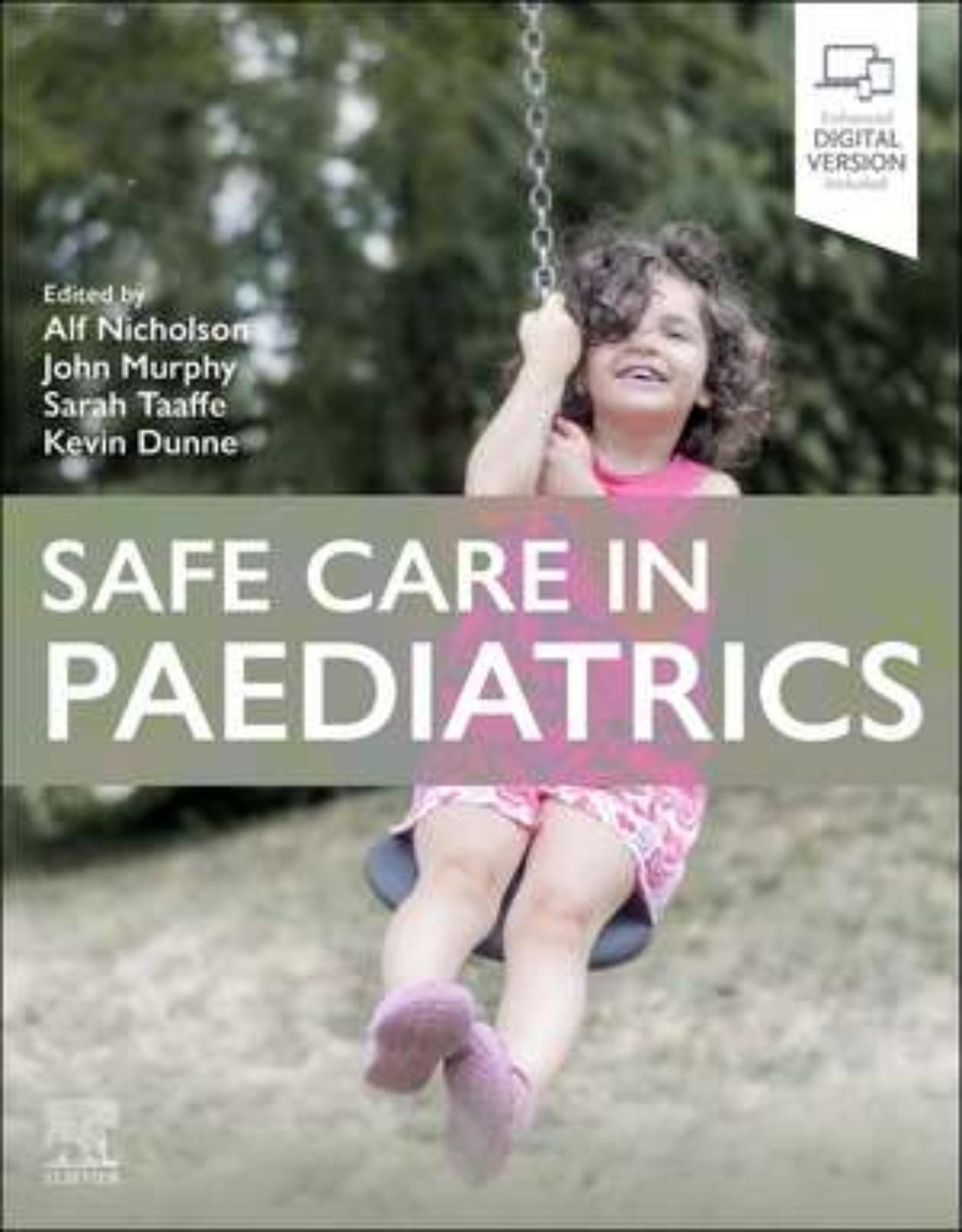

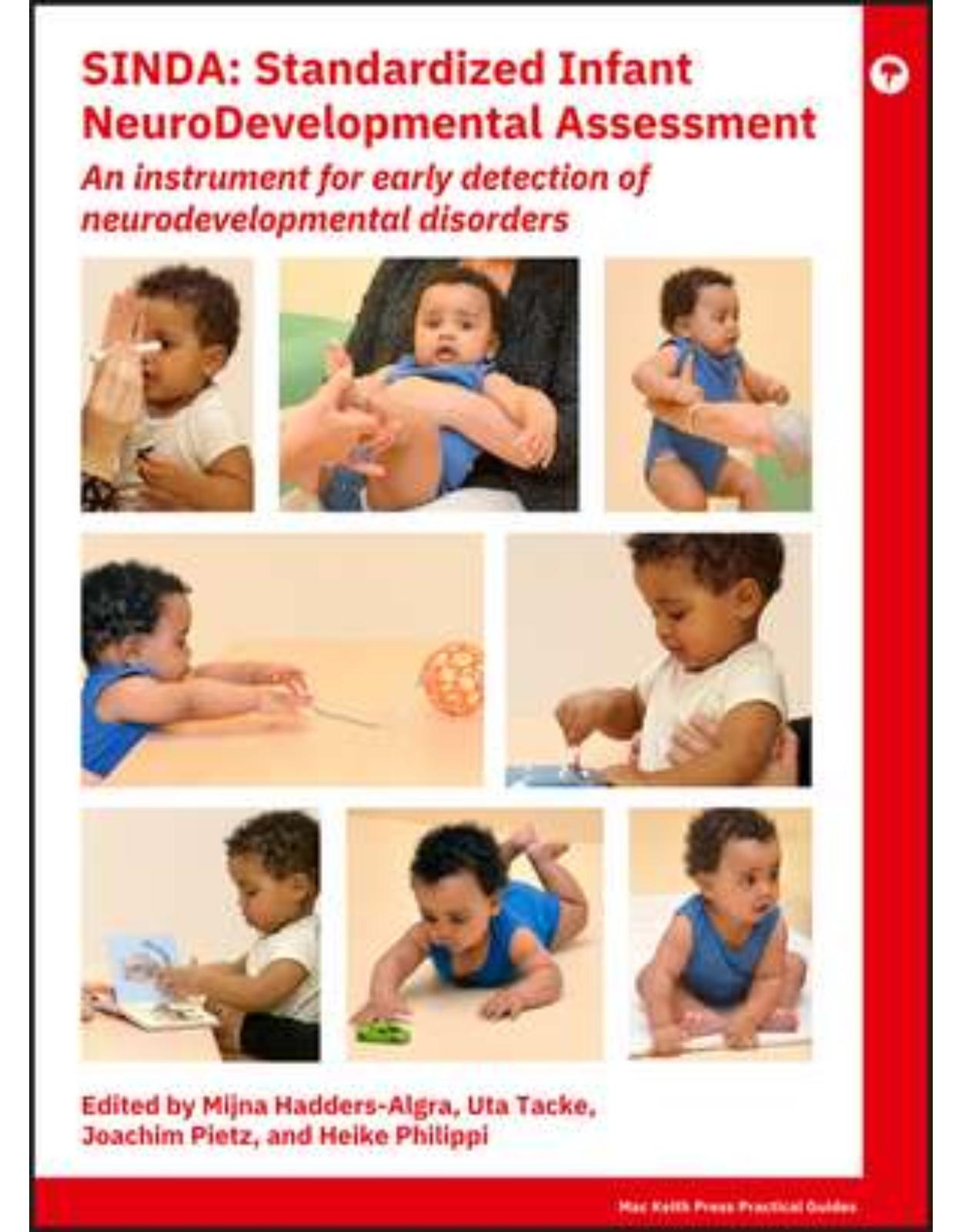
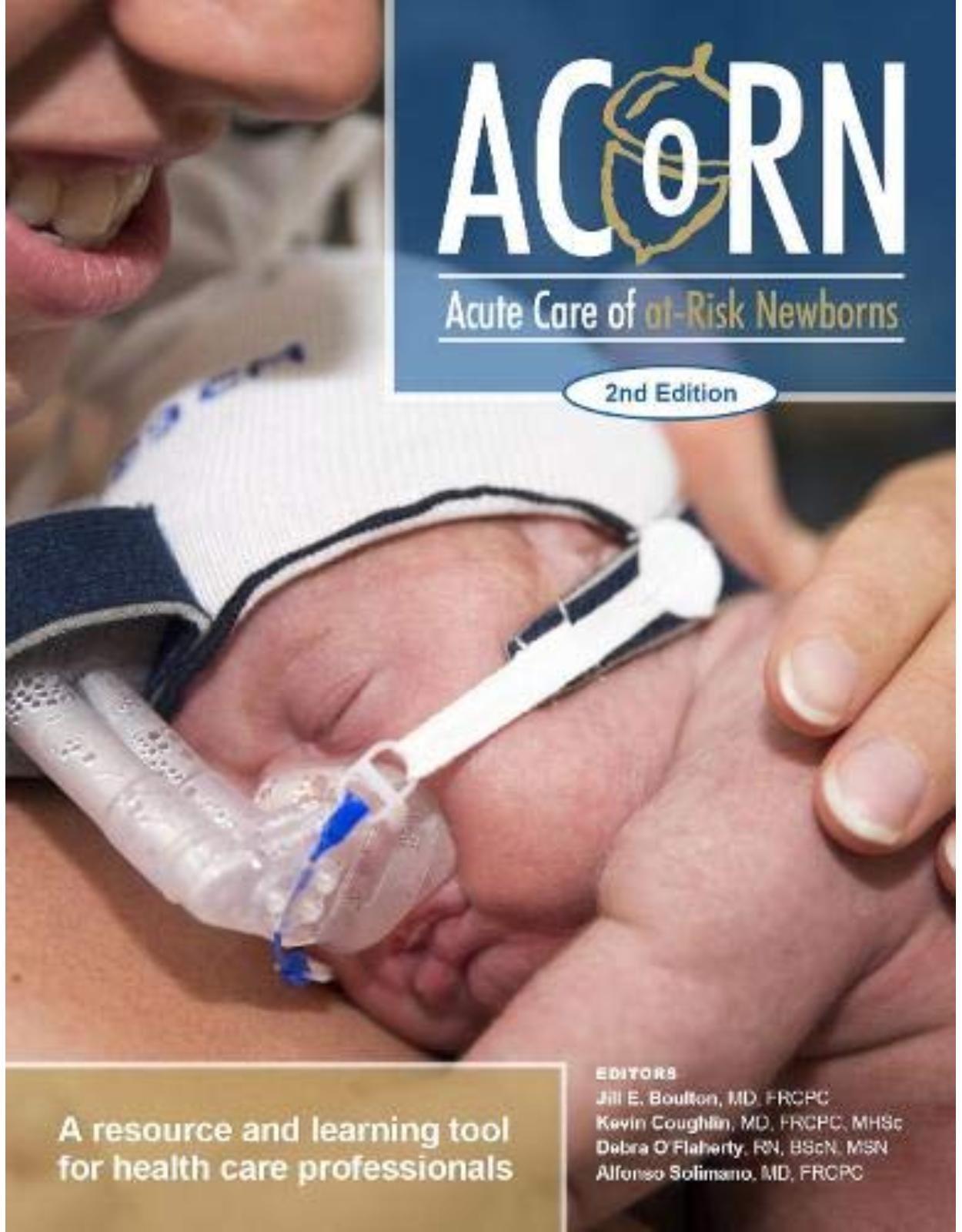

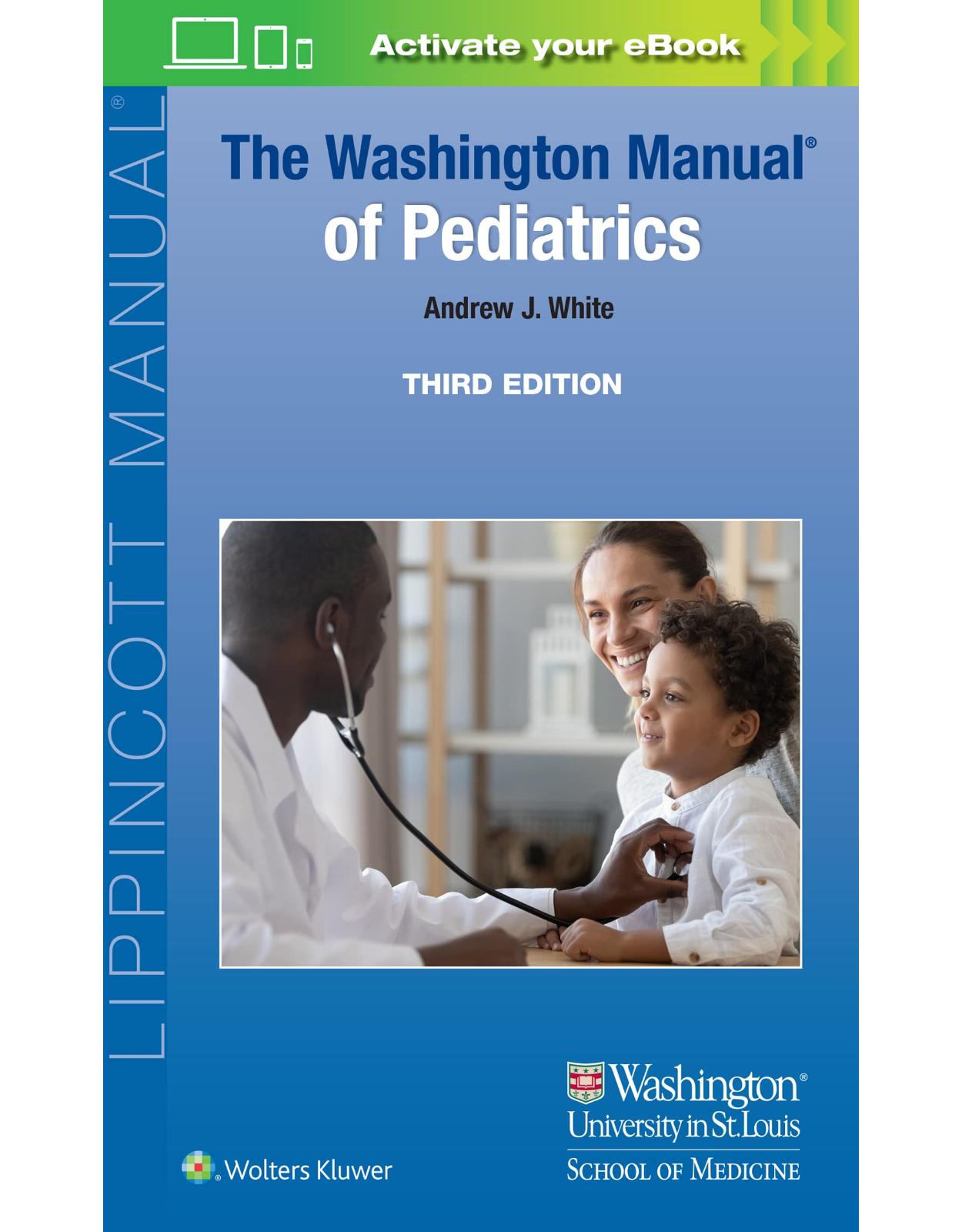
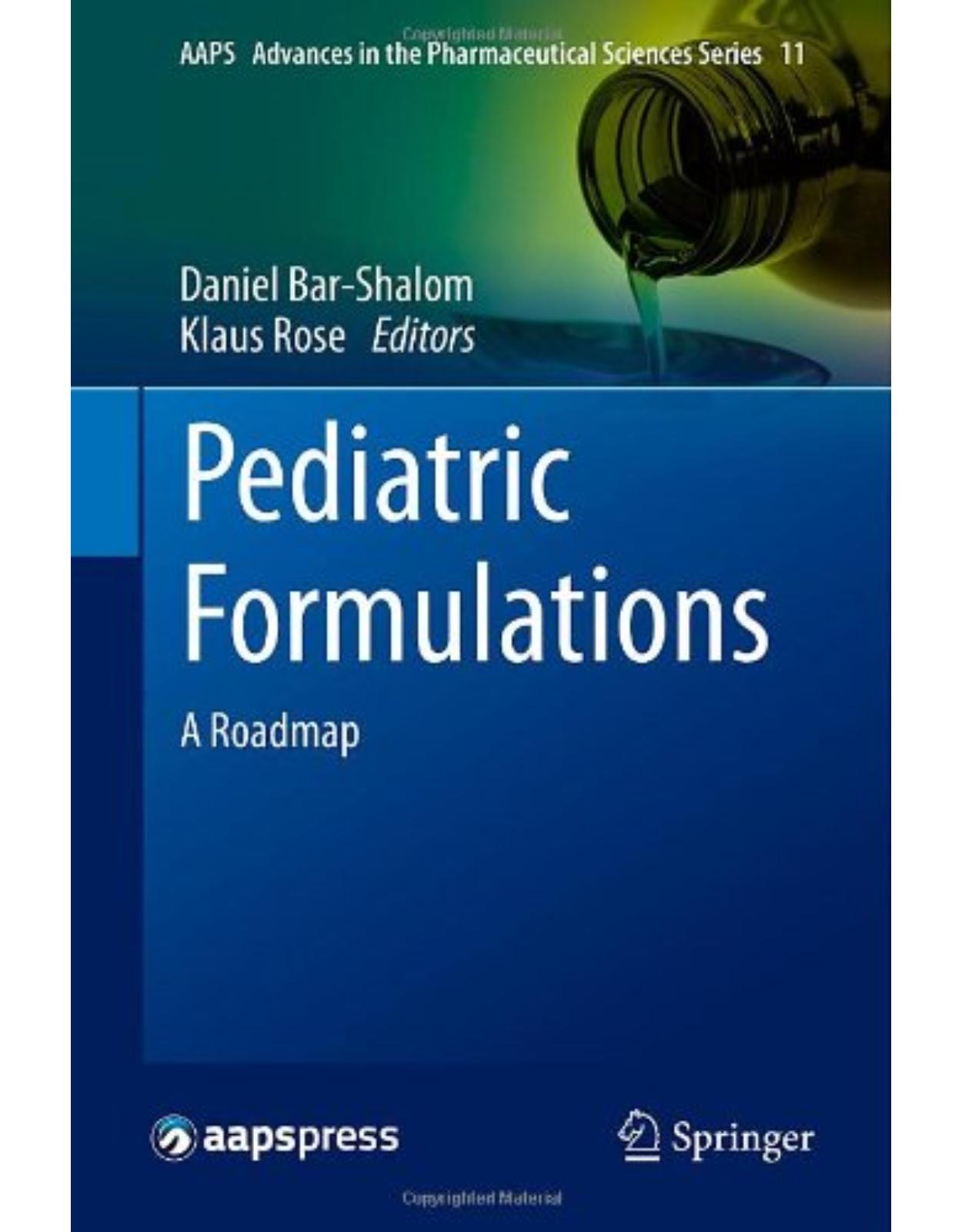
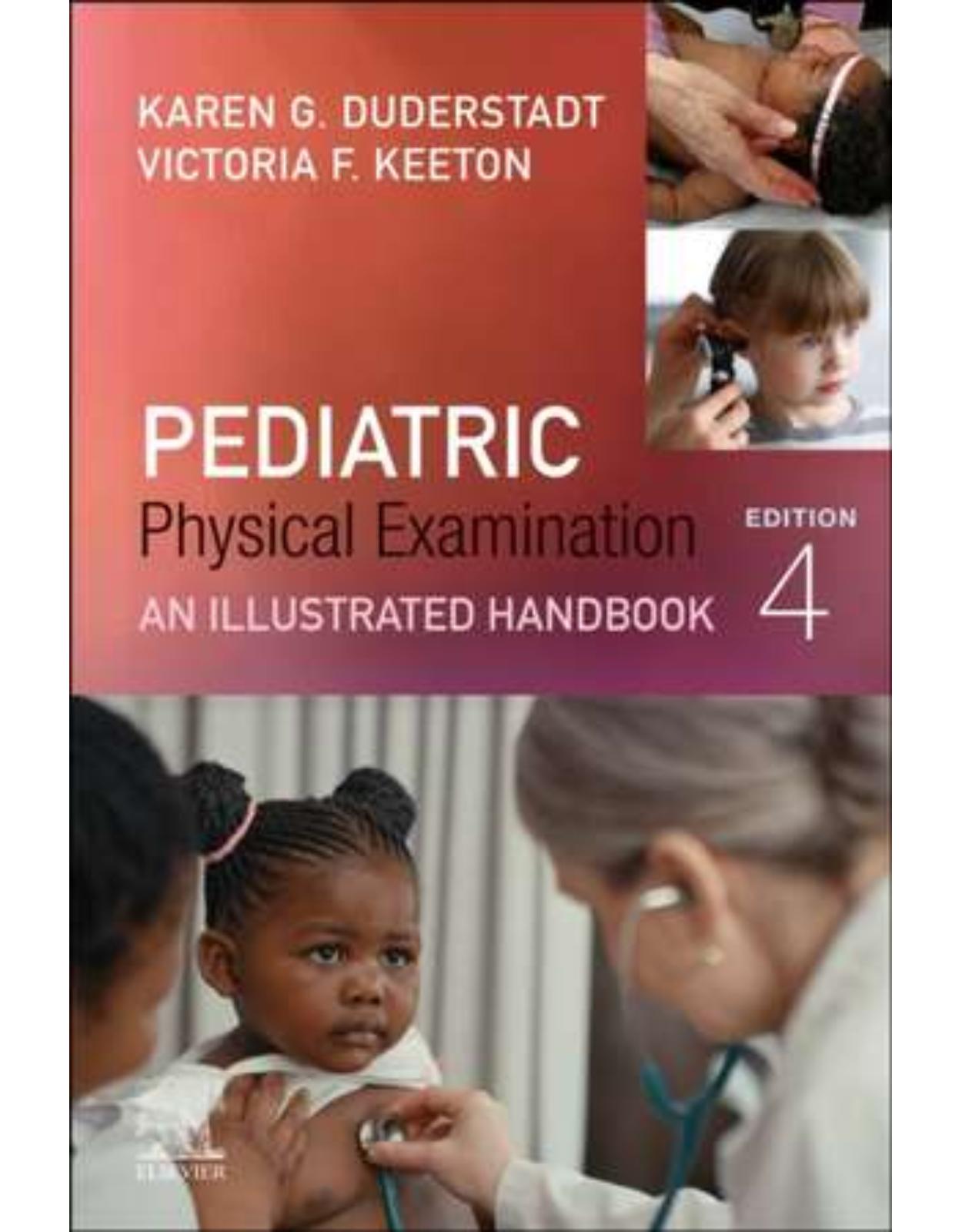
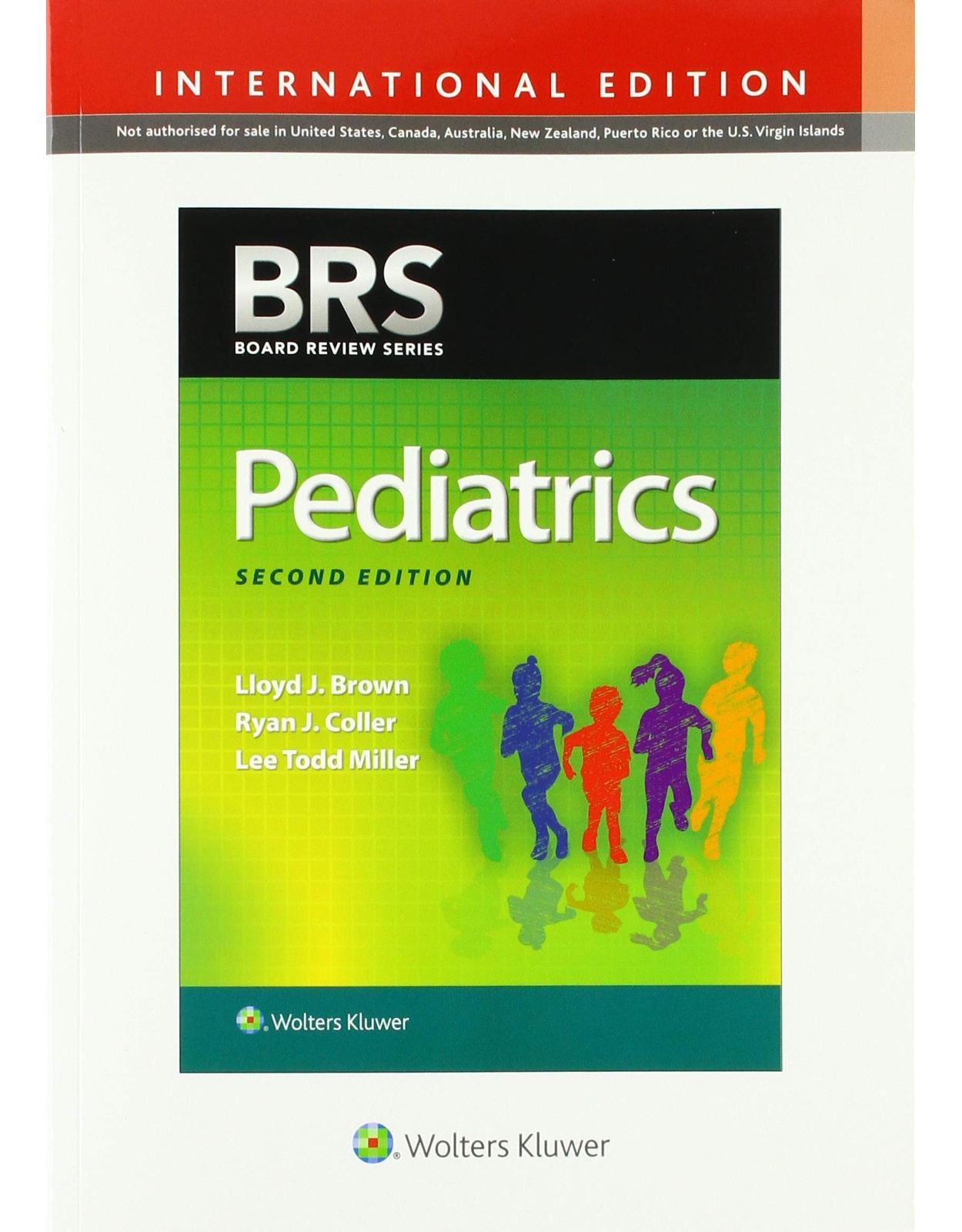
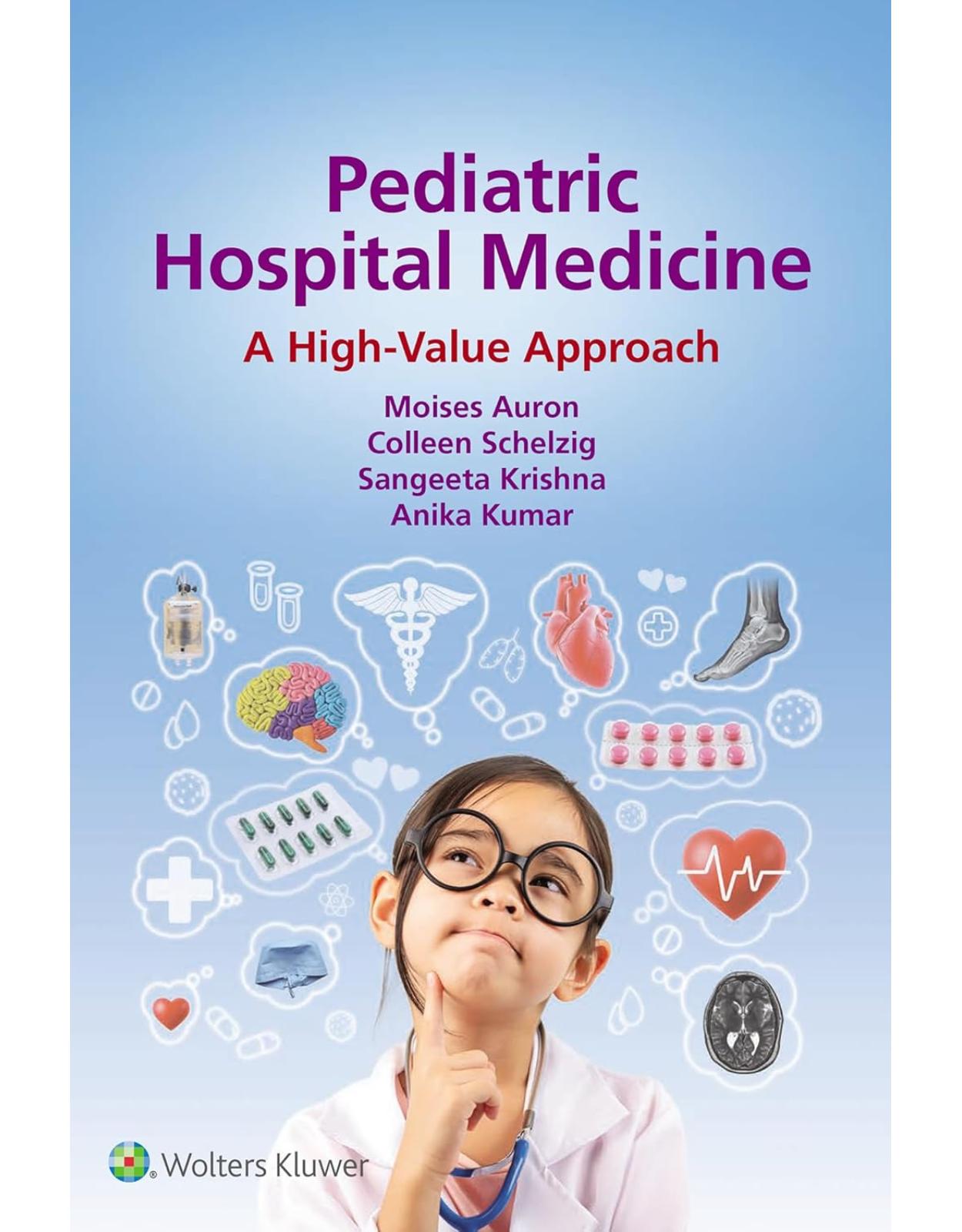
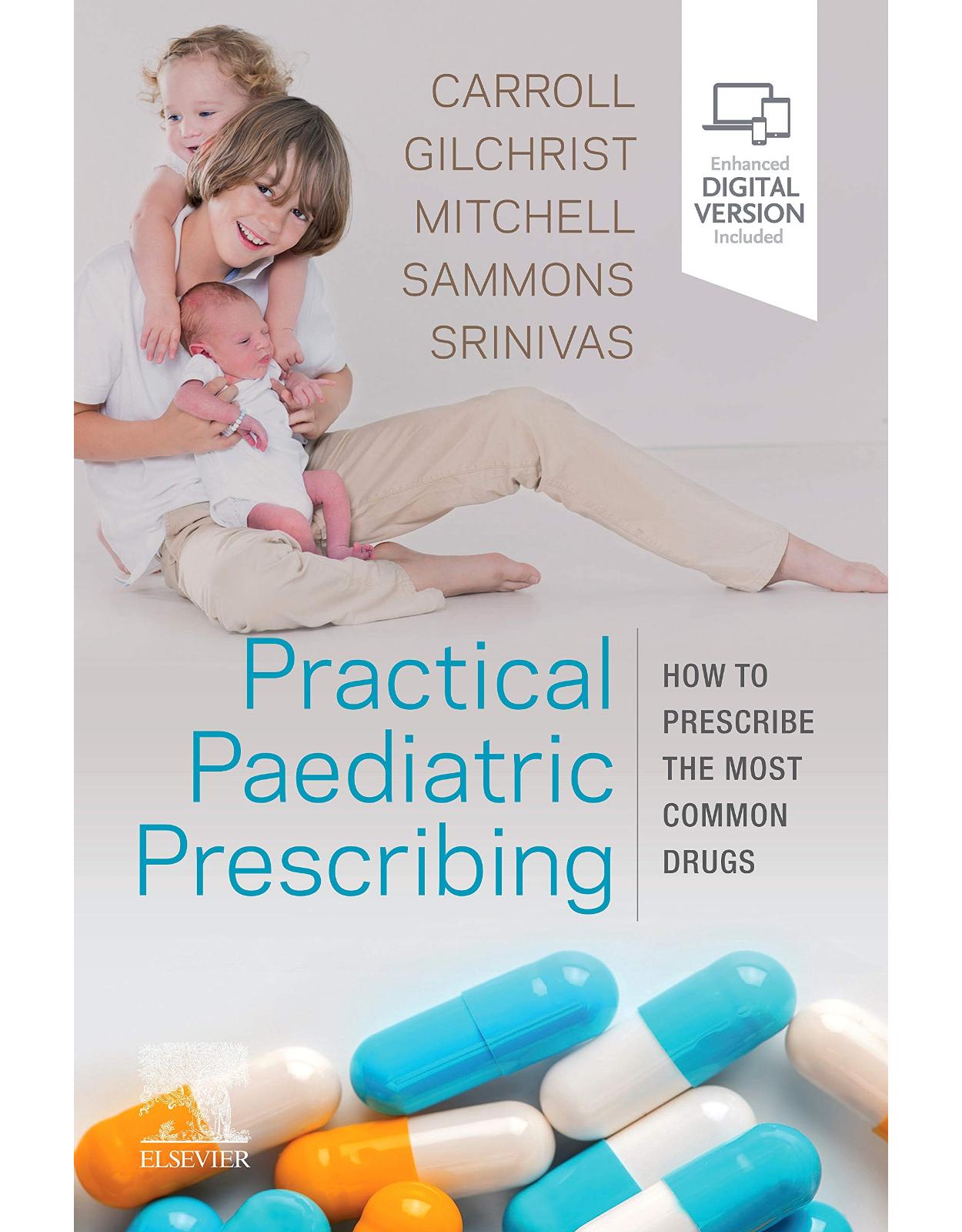
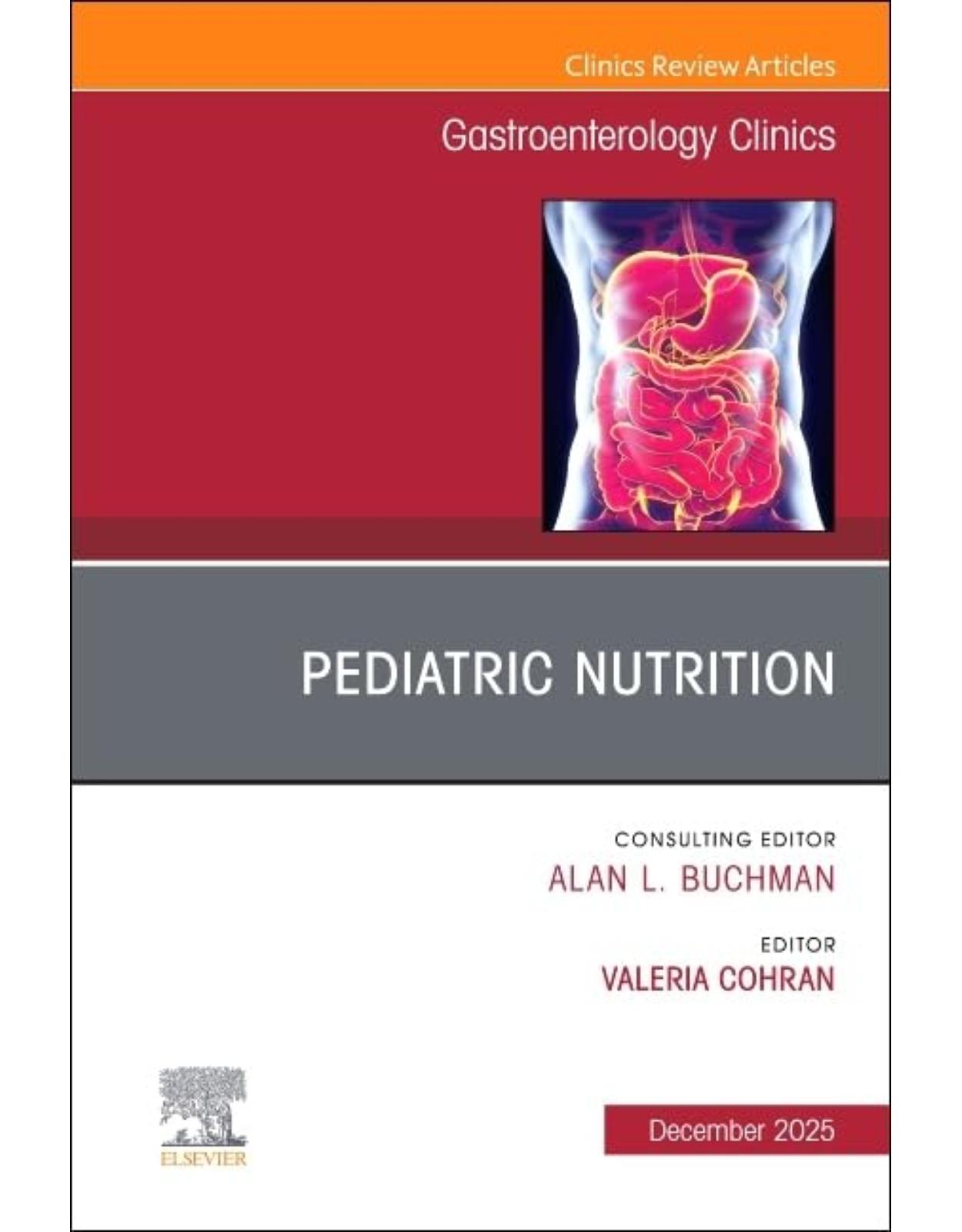
Clientii ebookshop.ro nu au adaugat inca opinii pentru acest produs. Fii primul care adauga o parere, folosind formularul de mai jos.